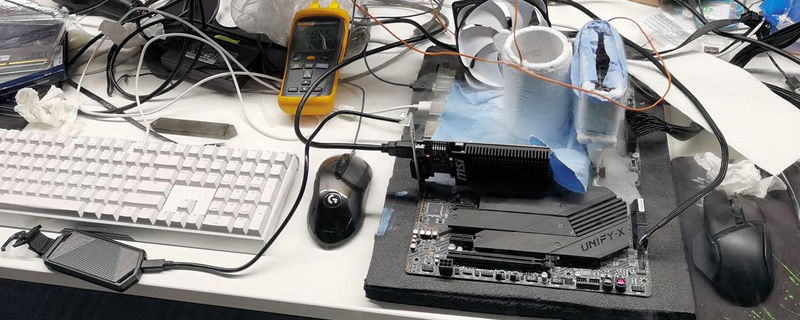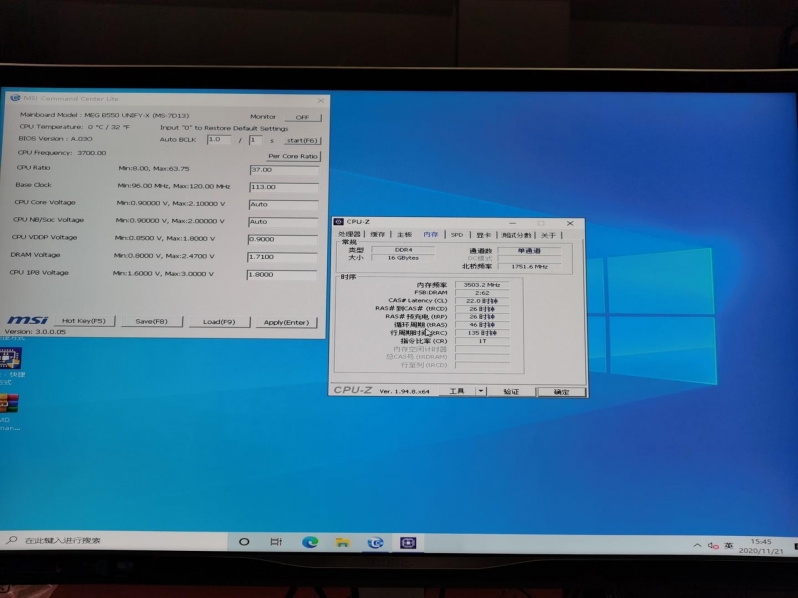Crucial breaks the 7GHz barrier with their Ballistix Max memory
Crucial breaks the 7GHz barrier with their Ballistix Max memory
BABY-J has become the first overclocker to break past the 7 GHz barrier using DDR4 memory, achieving a huge 75.1% overclock on Crucial’s Ballistix Max memory modules. This new overclocking record can now be viewed on HWBOT.Â
Previously, the world record DDR4 memory overclock was 6,666MHz, and it was also achieved using Micron’s Ballistix Max memory modules. In fact, this could be one of the last memory speed records to be achieved by DDR4 memory, as DDR5 memory modules are due to arrive next year alongside new CPU platforms and ship with higher baseline frequencies.Â
A lot of PC gamers wonder why DDR4 memory speed records are a big deal. Why do they matter, and why do companies like G.Skill, Micron, and Crucial compete for this crown? Simply put, it’s about pushing the envelope and continuing the march of progress towards stronger memory controllers, motherboard layouts and increasingly fast DDR memory modules. This is why AMD, MSI and Crucial are so prideful of this new speed achievement.Â
 Â
Â
Memory speed is something that’s often overlooked in the world of PC building, with capacity taking precedence over performance for many users. The problem with DRAM speed is that performance often isn’t an issue; until it is. When it comes to memory bandwidth, you either have enough or you don’t; which makes it hard to judge whether or not your memory is up to snuff. While memory timings also matter, raw bandwidth remains a factor that is worthy of consideration.Â
While speeds like DDR4 3,200MHz are commonplace in today’s gaming PCs, it is worth remembering that DDR3 1,600MHz was very common within the PCs of yesteryear. As core counts and CPU performance have increased, so have our memory bandwidth needs, so it makes sense why memory speeds are on the rise with every CPU generation.Â
A few short years ago, 5GHz memory speeds were world record material, and now 5GHz DDR4 memory modules can be purchased from retailers. The world of high-performance memory is evolving, and in a few short years, the market is due to make the shift to DDR5, pushing baseline memory speeds up a notch. By 2024, 7GHz DDR5 modules could be available from retailers, and that is no joke.Â
You can join the discussion on Crucial’s DDR4 memory breaking the 7GHz barrier on the OC3D Forums.Â
 Â




